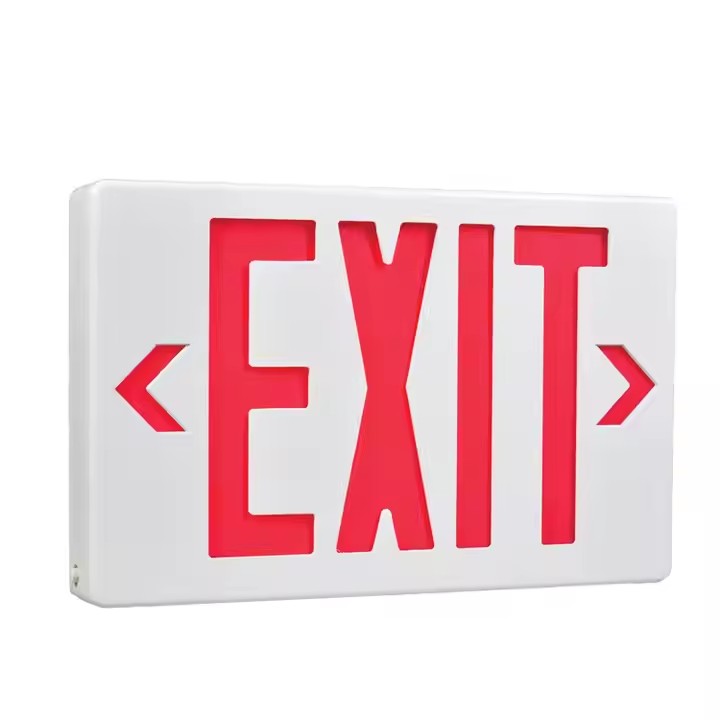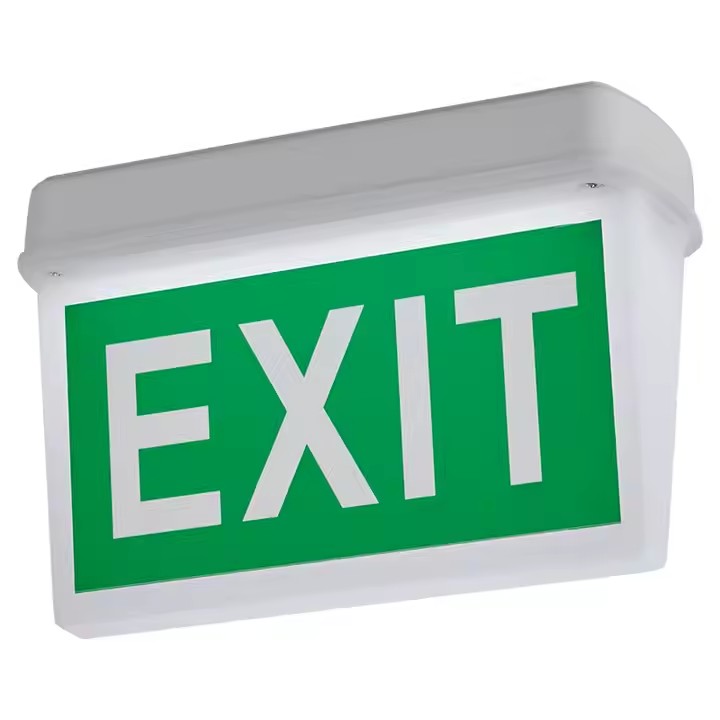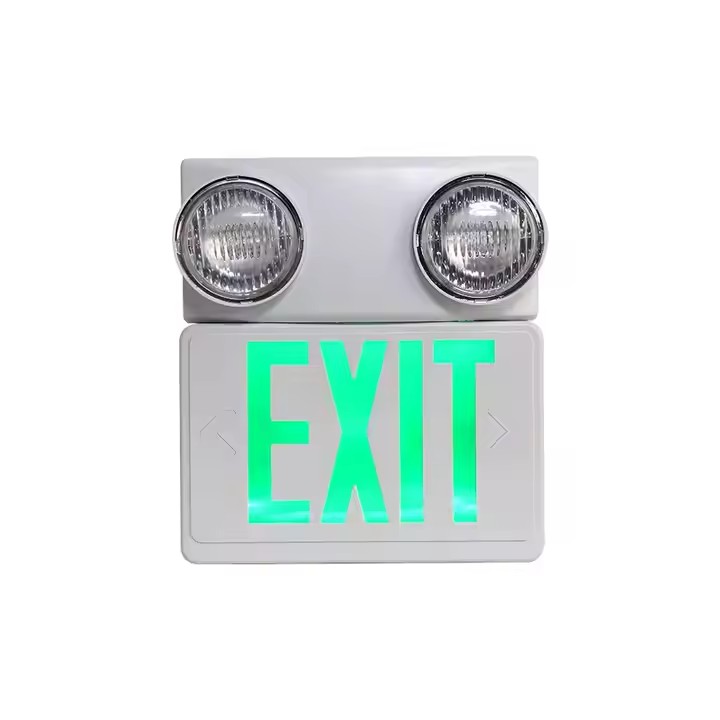Monday to Saturday - 8:00 -17:30
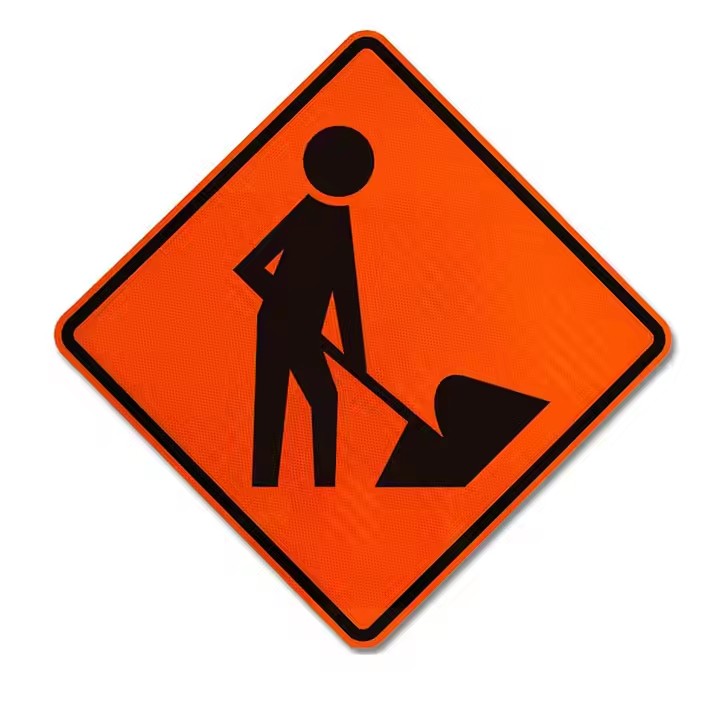
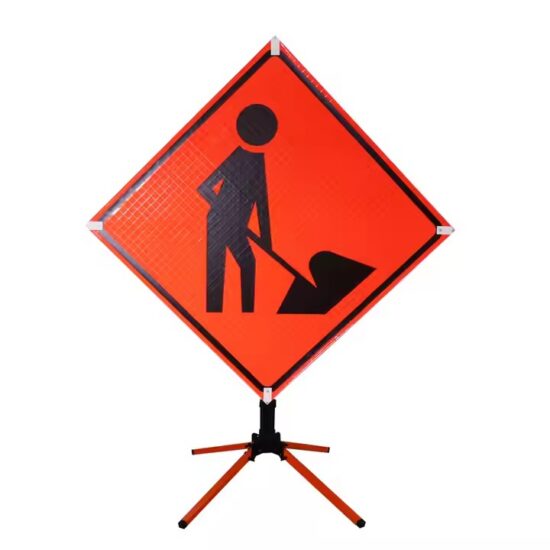
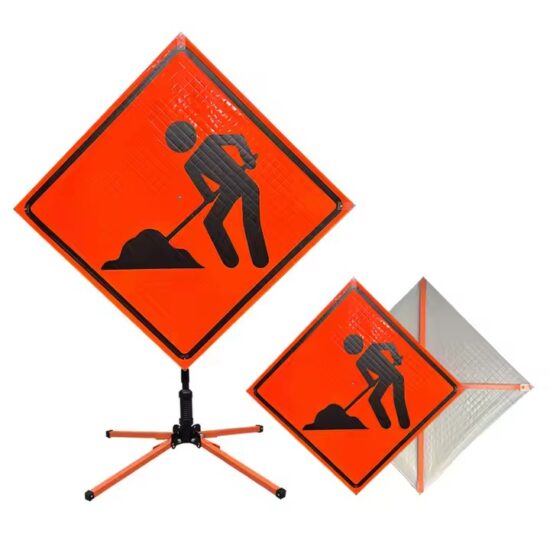
Custom Construction Signs: Benefits, Applications, and Design Tips
In today’s competitive construction industry, safety and clear communication are paramount. Custom construction signs offer a powerful way to meet specific site requirements while reinforcing your company’s brand and ensuring compliance with regulations. Let’s explore the key benefits, common applications, and practical design tips for custom construction signs.
1. Benefits of Custom Construction Signs
-
Tailored Messaging
Custom signs allow you to display exact instructions, warnings, or information specific to your project, site conditions, or safety protocols. -
Enhanced Safety
Clear, customized warnings reduce accidents by addressing unique hazards that generic signs might miss. -
Branding and Professionalism
Adding your company logo, colors, and contact info strengthens brand visibility and builds trust with clients and workers. -
Compliance Assurance
Custom signs can be designed to fully comply with local, state, or federal regulations, reducing risks of fines or work stoppages. -
Flexibility
From size, shape, materials to reflective options, custom signs can be tailored to suit indoor or outdoor use, temporary or permanent installation.
2. Common Applications of Custom Construction Signs
-
Site Safety Instructions
Specialized PPE requirements, emergency procedures, or unique site hazards. -
Directional and Traffic Control
Customized detour routes, parking zones, and site access points. -
Project Information
Display project timelines, contractor contact info, or milestone updates. -
Multilingual Communication
Essential for diverse workforces, offering bilingual or multilingual safety messages. -
Branding and Marketing
Showcase company name and logo on fencing, equipment, or vehicles to promote your business.
3. Design Tips for Effective Custom Construction Signs
-
Use High-Contrast Colors
Ensure text and symbols stand out clearly from the background for quick readability. -
Select Appropriate Materials
Consider durability needs: aluminum with reflective sheeting for outdoor long-term use, or lightweight plastic for temporary signs. -
Keep Messages Clear and Concise
Use simple wording and universally recognized symbols to avoid confusion. -
Include Essential Safety Icons
OSHA-compliant pictograms help convey hazards even when language barriers exist. -
Optimize Size and Placement
Signs should be large enough and positioned at eye level or in highly visible locations. -
Incorporate Reflective or LED Elements
For night or low-light visibility, especially on road construction sites.
Conclusion
Custom construction signs are a strategic investment that boosts safety, compliance, and brand presence on any job site. By tailoring signs to your project’s unique needs and following effective design principles, you can create a safer, more organized work environment.
Need help designing custom construction signs? Contact us today for expert consultation, fast production, and competitive pricing.

